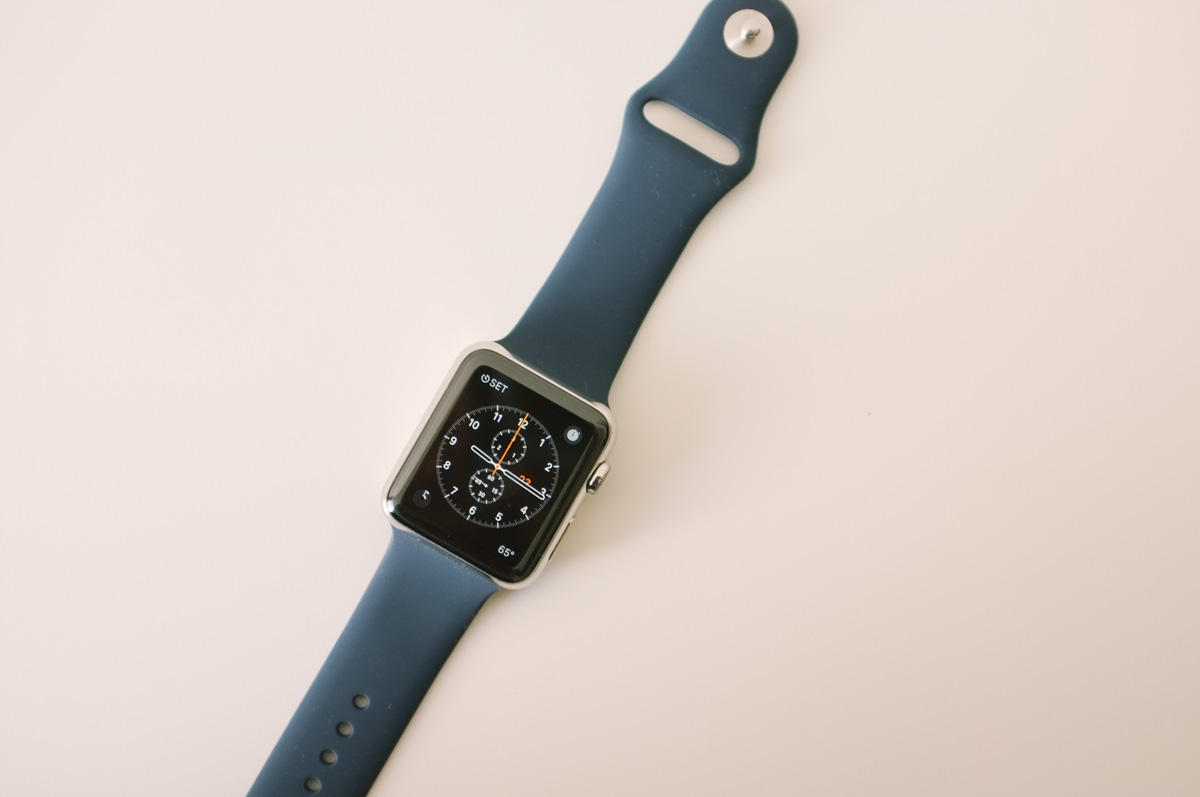
Projecting Where The Apple Watch Goes Next
Jean-Louis Gassée writing for Monday Note:
Moore’s Law and Apple’s SOC (System On a Chip) design skills will inevitably yield a Watch with a more powerful processor. This more powerful hardware will allow, among other desired features, independence from the iPhone including autonomous phone calls. I’ve had the opportunity to preview an upcoming Wristly report that, indeed, places cell connectivity at the top of customer wishes.
A more powerful processor will also be a boon to software developers. The Watch’s current S1 processor delivers adequate battery life but a more robust one will support faster, more powerful, more responsive apps.
These are all obvious. Just as the iPhone, the iPad, the Mac and pretty much every other Apple product, you can expect the Apple Watch the get more and more powerful year after year. In fact, because Apple may not release the next-generation Apple Watch until later this Fall, we could see a bigger jump that we’re usually used to seeing. As Gassèe points out, the more interesting advances will be in areas where the Watch is not like the iPhone.
For example, from day one, Apple has insisted that the Watch will be beneficial in the Healthcare domain. It’s tempting to predict the addition of features such as blood pressure monitoring or — why not? — blood glucose measurement. (Of course, such extensions of Watch capabilities could make it a Medical Deviceaccording to the FDA and thus require heavy-duty scrutiny before approval.)
Health monitoring is something Apple has been publicly touting about the Watch’s future. Just a few weeks ago during an interview at Startup Fest Europe, Tim Cook made a bold prediction:
One day you will look back and you will wonder “how could I ever have gone without the watch?” Because the holy grail of the watch is being able to monitor more and more of what’s going on in your body. It’s not possible technologically to do it today, to the degree that we can imagine it, but it will be.
Clearly Cook knows something we don’t. Remember, for years now Apple has been hiring some of the best minds in health monitoring. The fact that the Apple Watch has only shipped with a Heart Rate sensor tells me that there’s a lot more in store for this product. I think we’re going to see some of it in the next-generation Watch. These things take time, perhaps more time than most people realize.
In the end, the ‘when’ may not matter: I think Apple is playing its usual long game. Interpreting any short phase doesn’t give a reliable view of the future. Perhaps we’ll start to hear more about the game plan when the Watch climbs above the $10B revenue level, something like 5% of Apple sales. At that level, accounting practices may drive Apple to lift the Watch out of the ‘Other’ revenue category where the iPod now rests in peace, and report actual numbers.
I believe this to be true as well. I’m not sure if it happens this year or next, but as I’ve stated before, I really do believe that in two to three years the Apple Watch will be far more mainstream than it is today. It was true of the iPod and it was true of the iPhone and I think it will be true of this product as well.